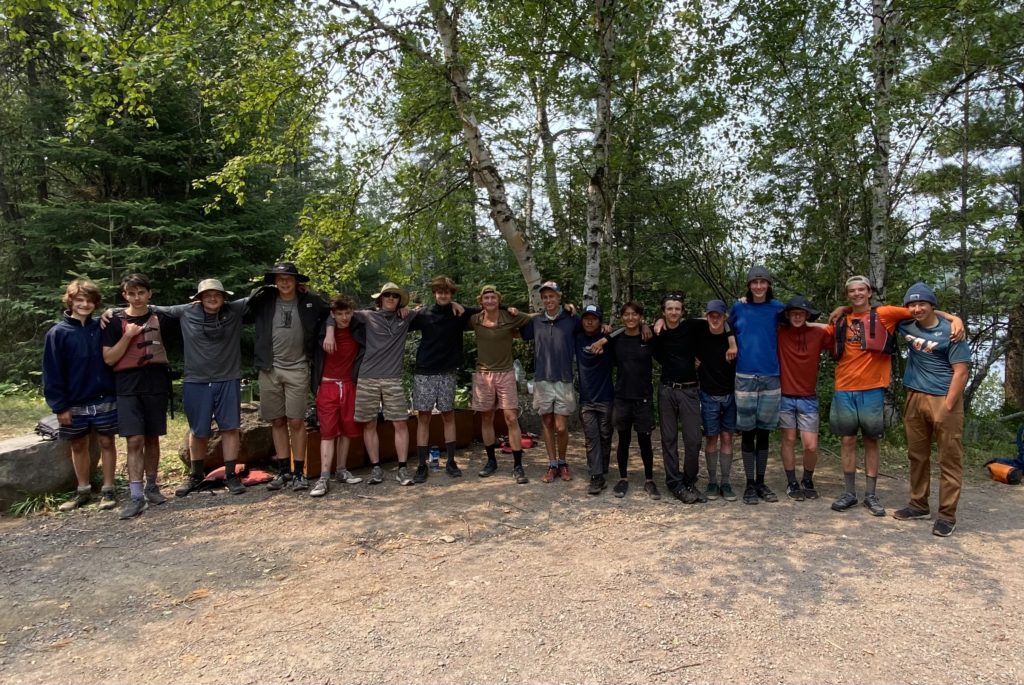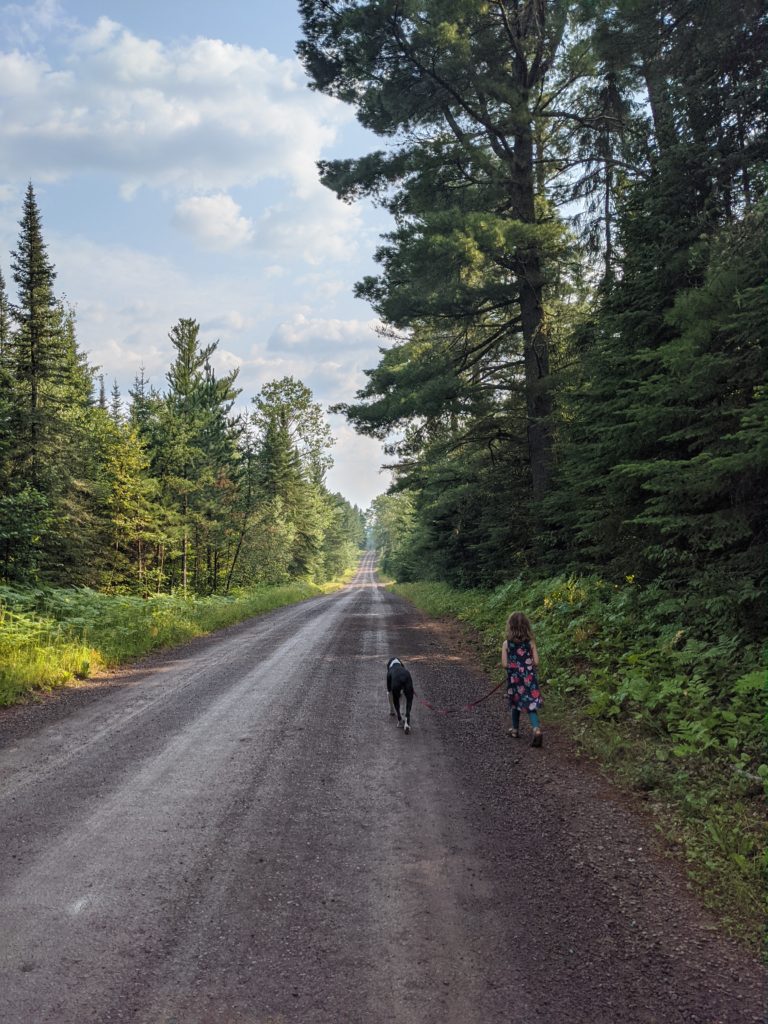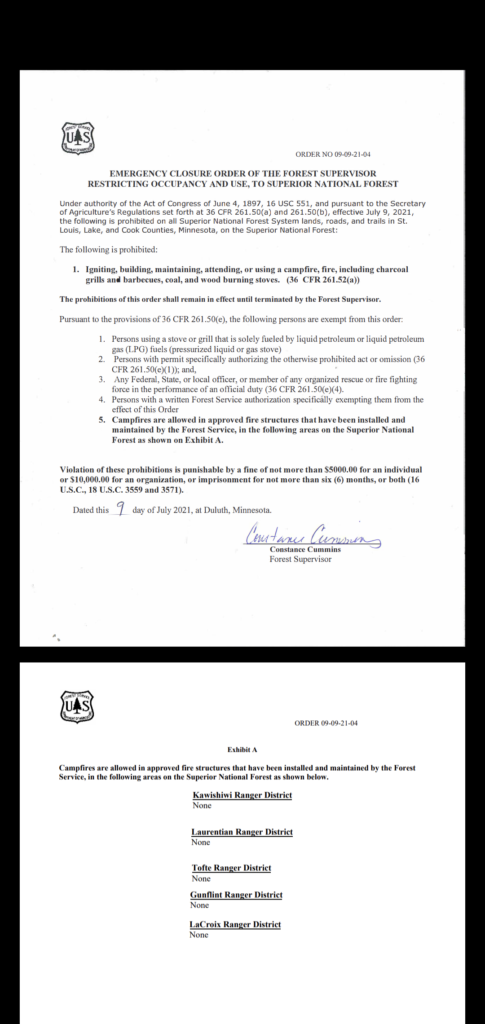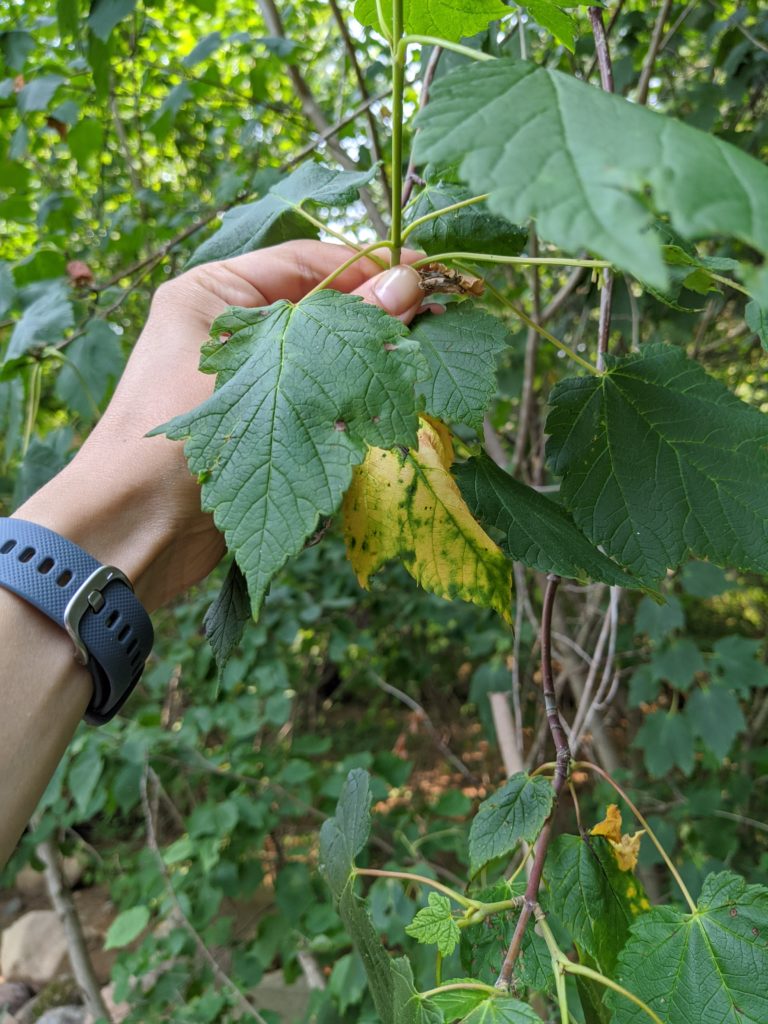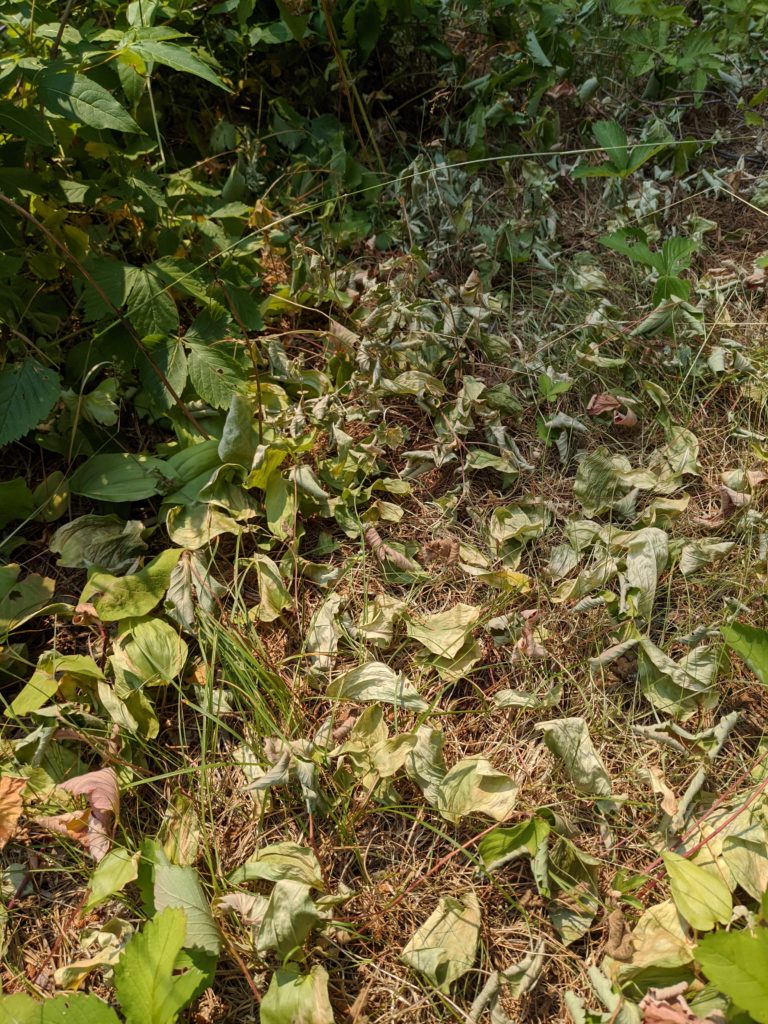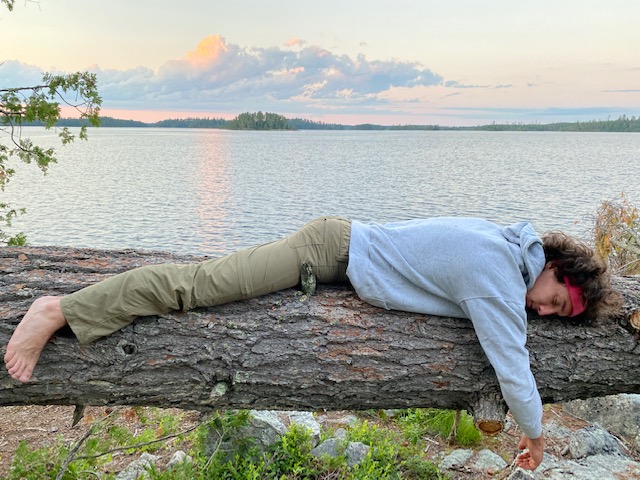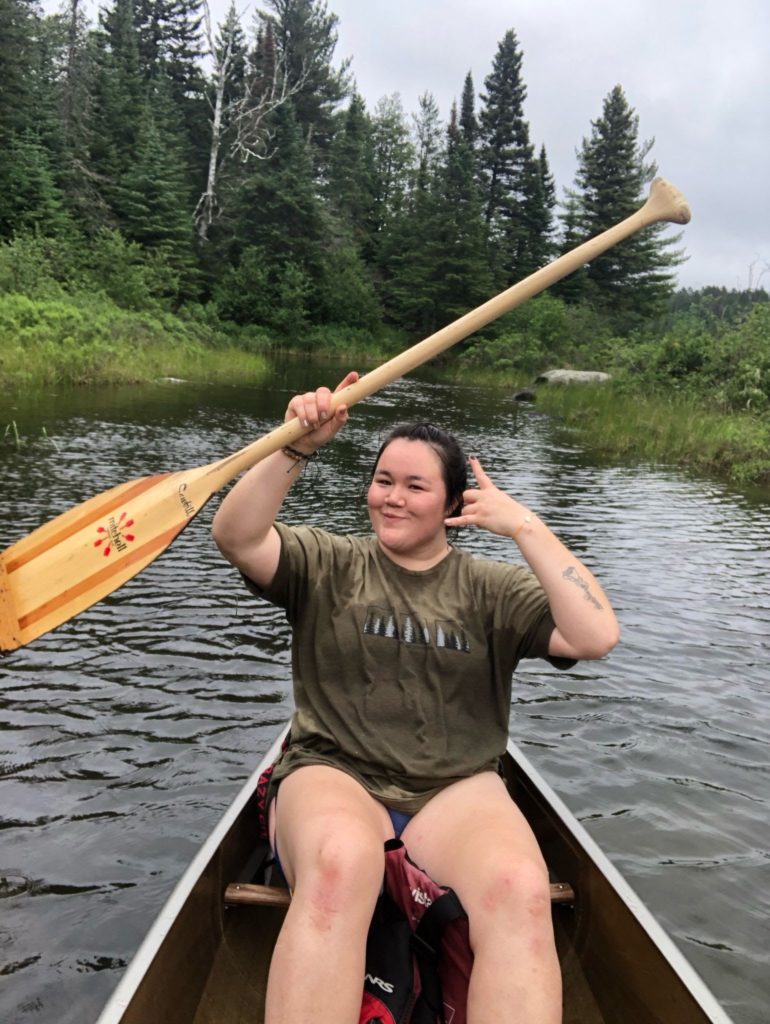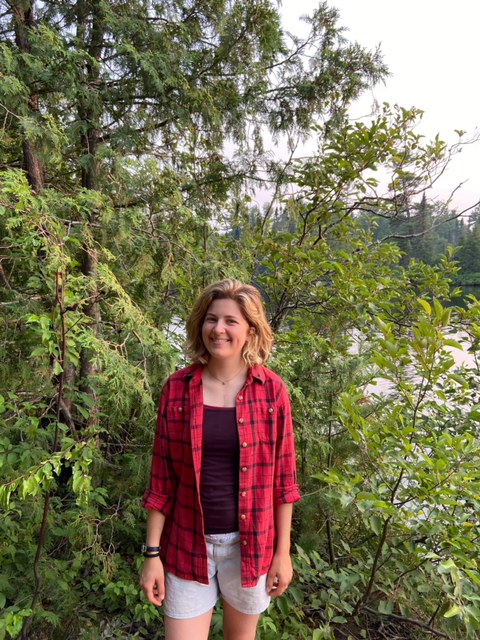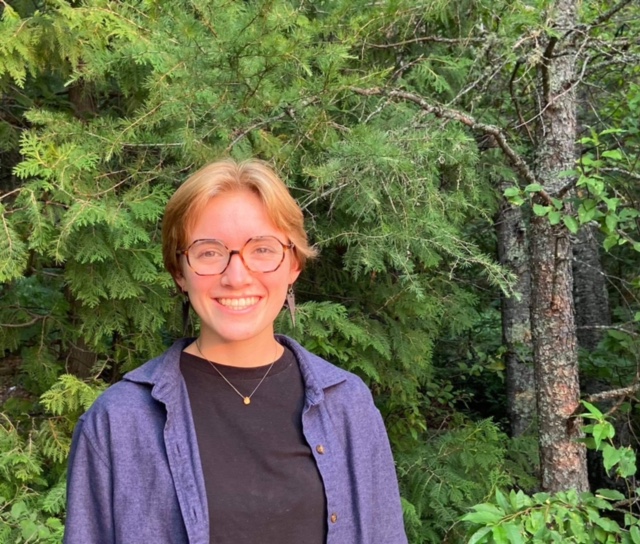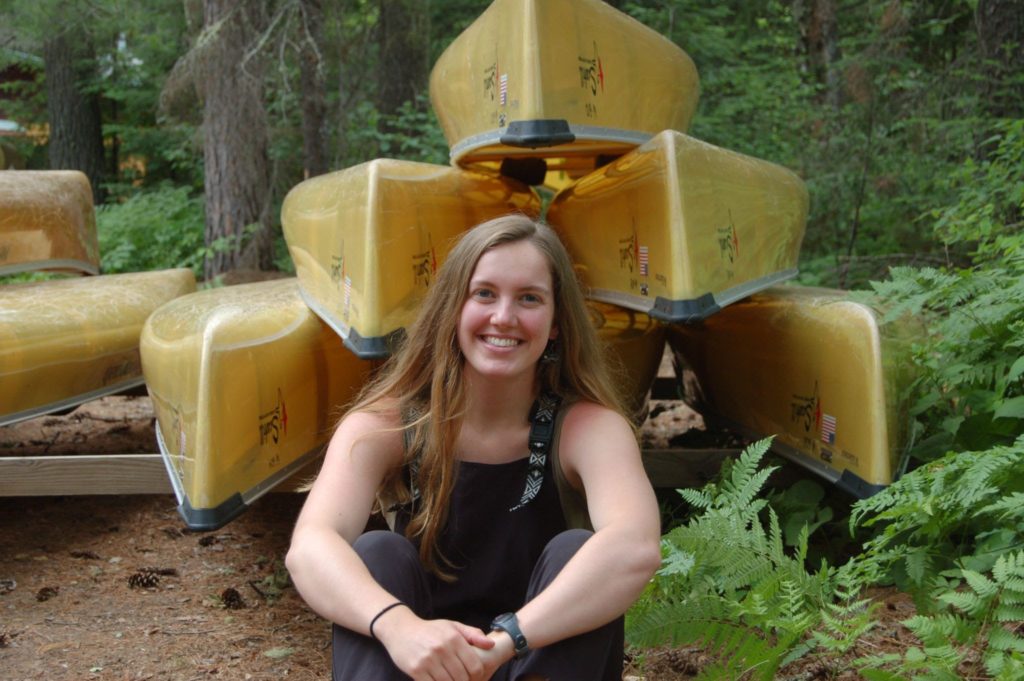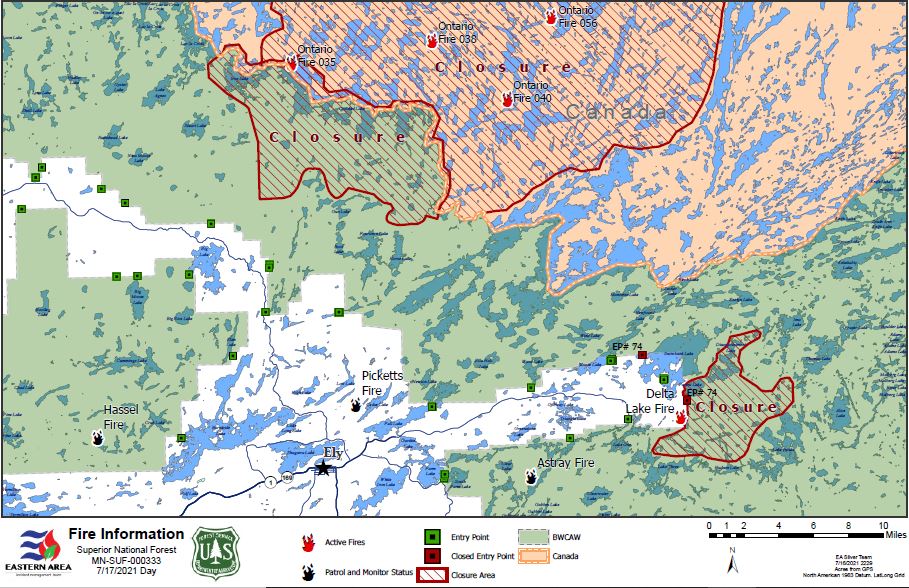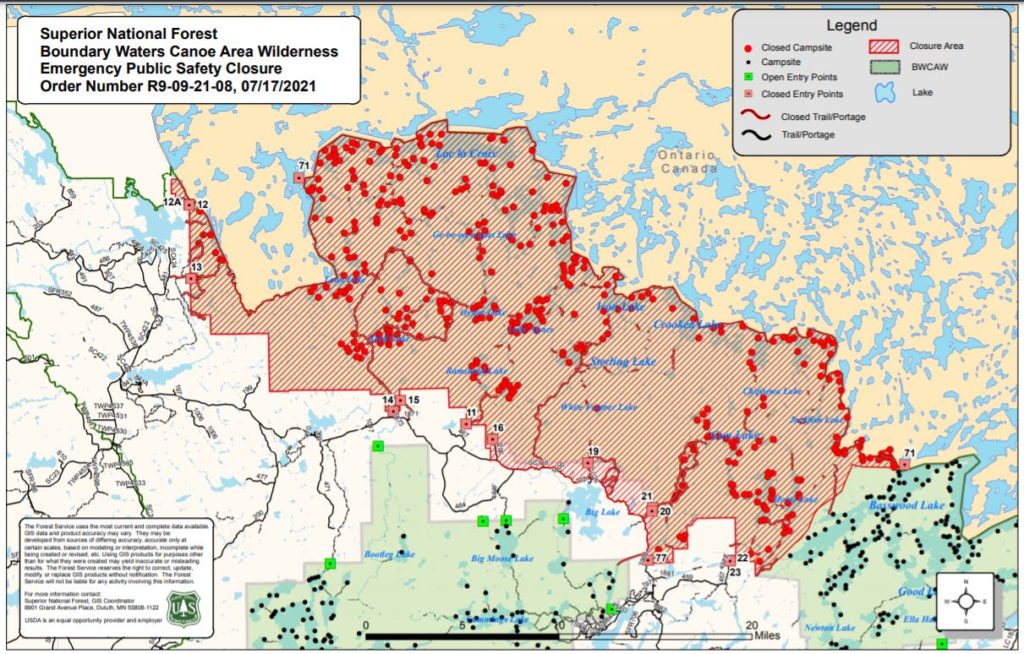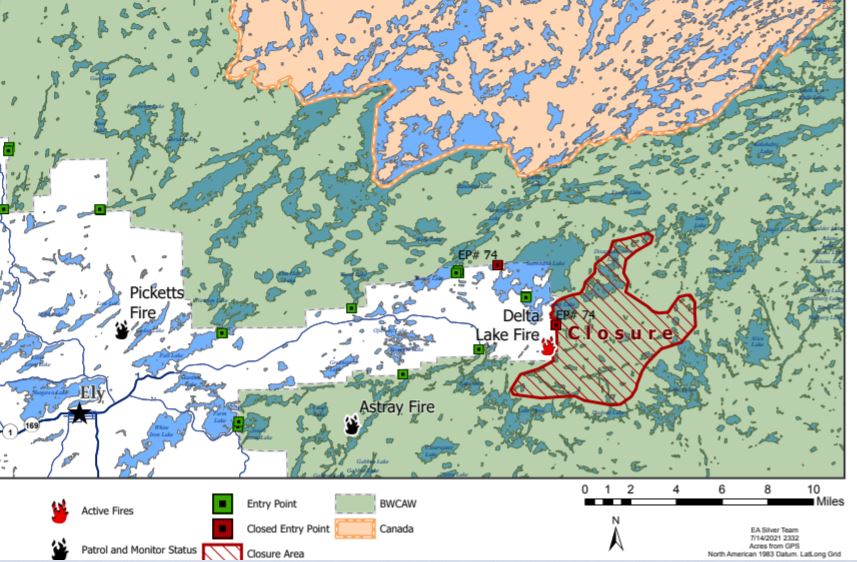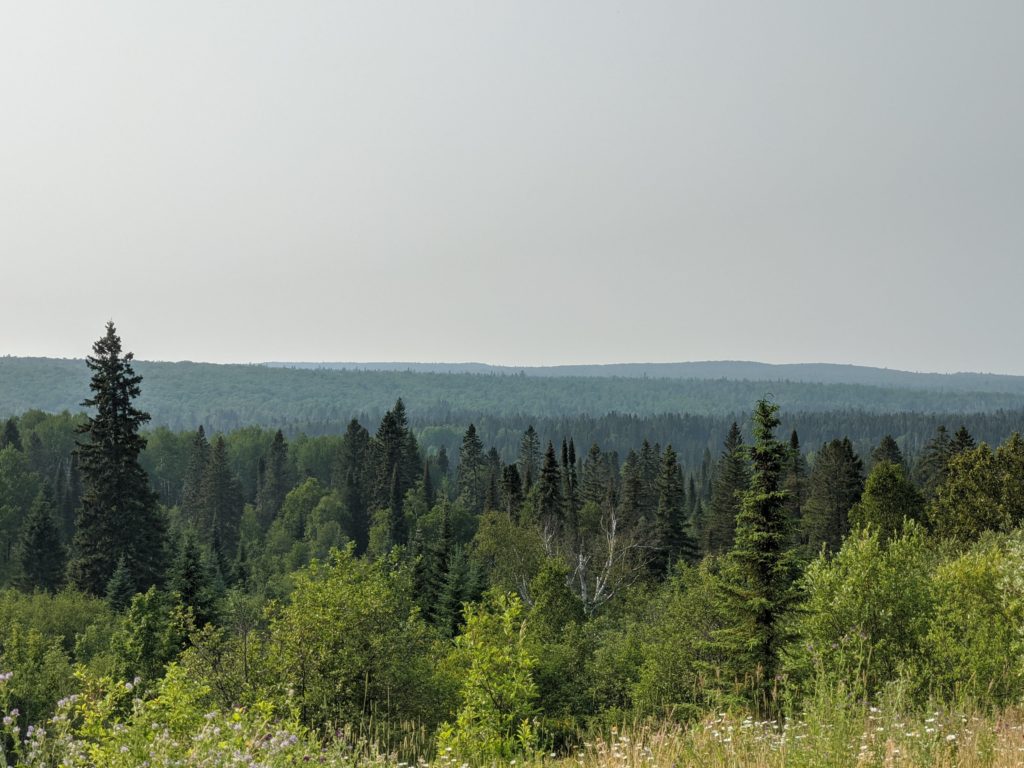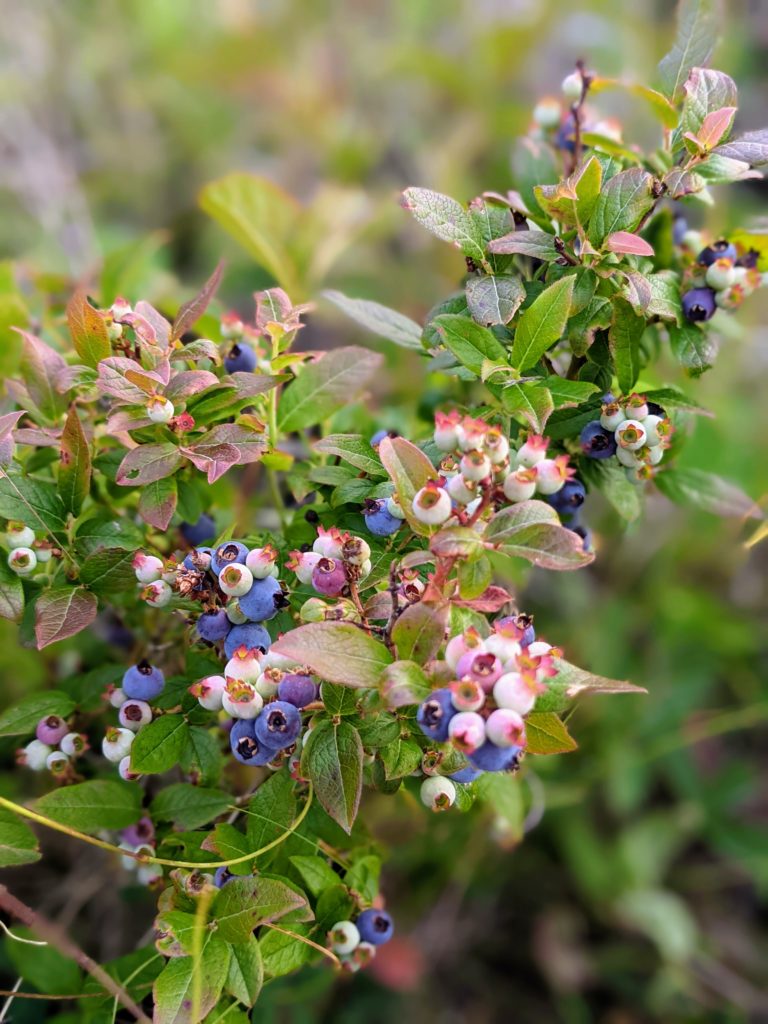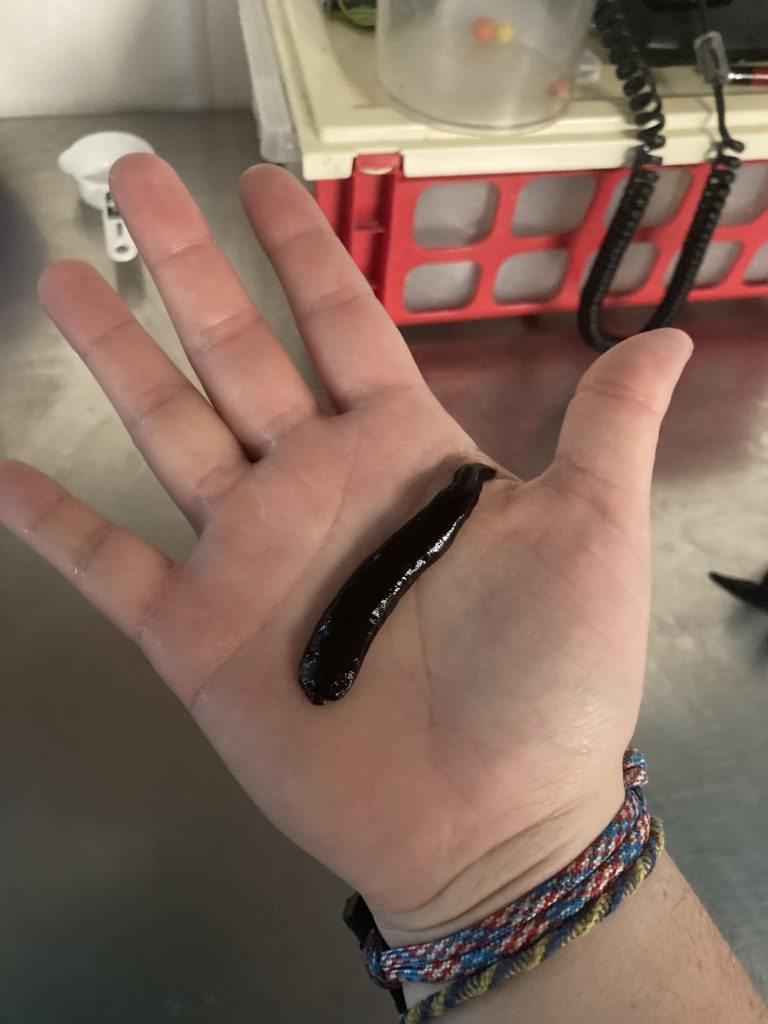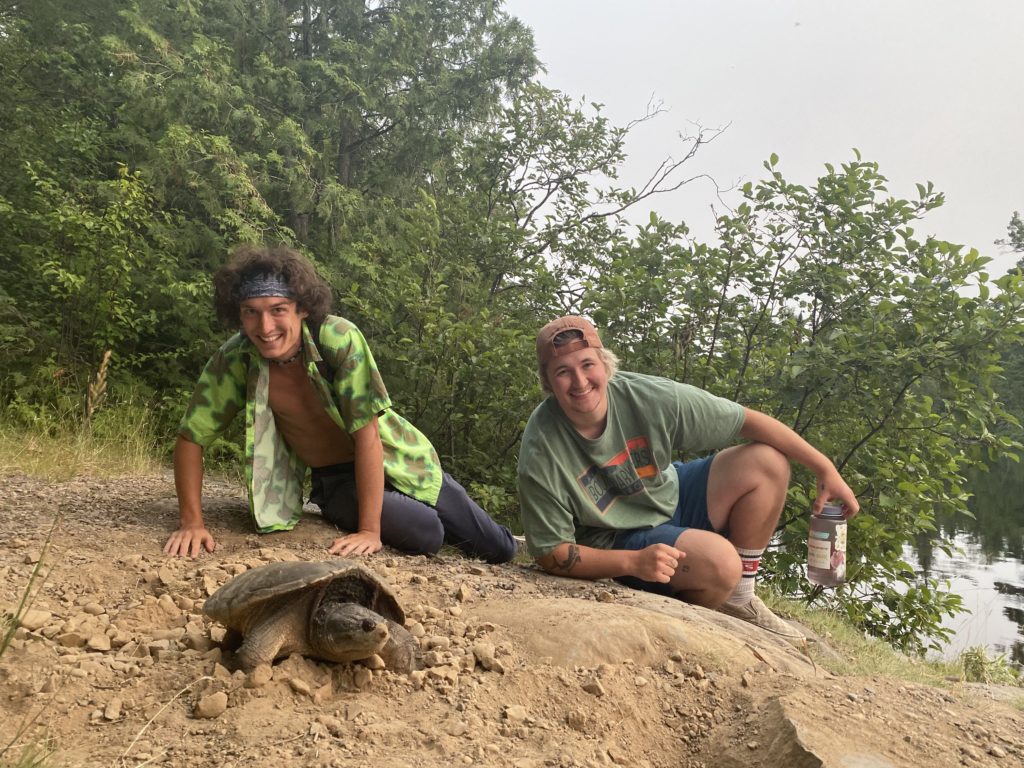8/6/2021- Jerry Vandiver, an award-winning songwriter, musician, and longtime Sawbill enthusiast from Nashville, Tennessee, is up visiting Sawbill and the surrounding area. On August 4th, he played a small concert for the Sawbill crew — practicing his lineup of north country songs that he will be playing for our local radio station, WTIP on August 13 at 5:30 pm (tune in at wtip.org!) Due to the fire ban, the crew gathered around LED lights and battery-operated candles, and although it wasn’t the same as a real campfire, it had the same feel as a campfire gathering — with the added bonus of not having to constantly shift to avoid the smoke! Some of the crew’s favorite songs were “Too Many Boats” and “Not Enough to Bail.” Like many songwriters and artists, Jerry told the stories behind his songs, and it was enlightening for the crew to hear some of the behind-the-scenes workings of the music industry. The stories were followed by questions and laughs, leading to an overall fun night.
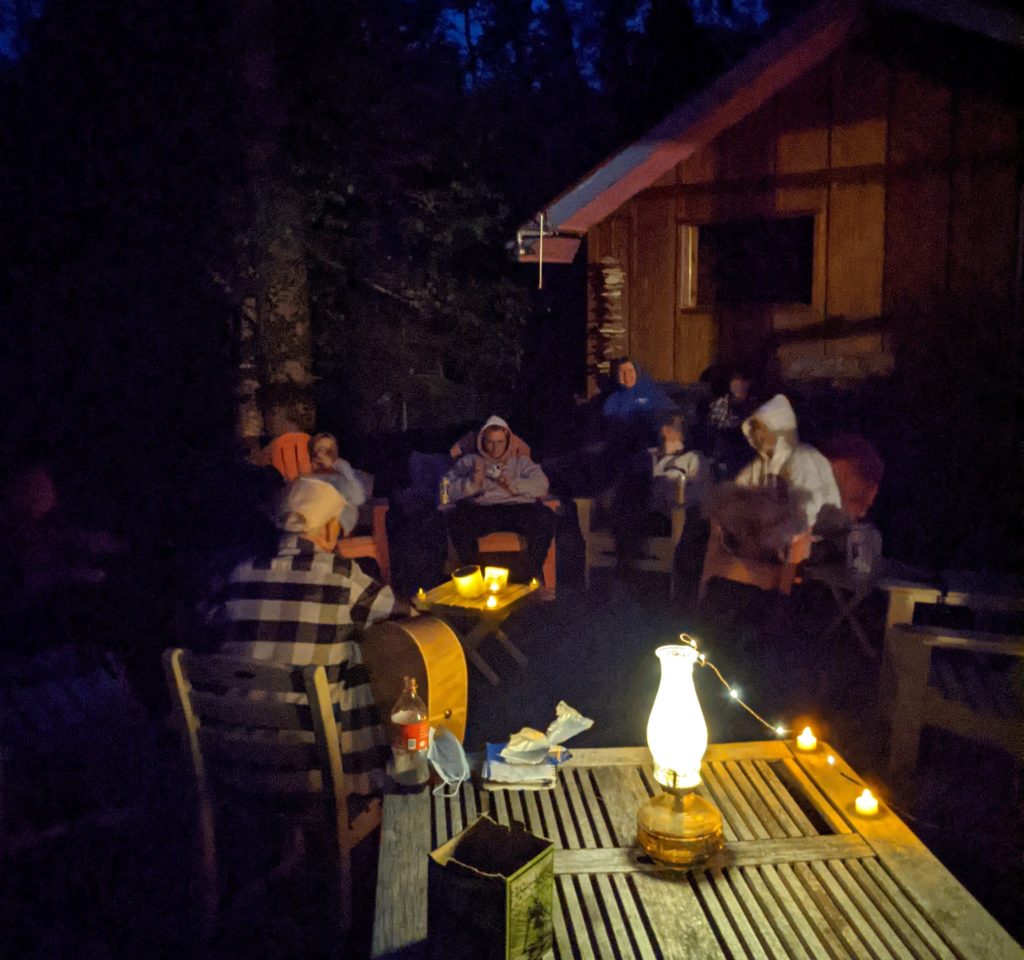
However, Jerry isn’t just here in Minnesota to entertain the Sawbill crew. Throughout August, during the times when he’s not playing music, Jerry will be taking trips throughout the BWCA. He has already completed the Cherokee Loop, and like many others, has reported the low water level in Cherokee Creek. He left again today for the wilderness, so if you see a solo paddler somewhere in the Sawbill region, singing and pretending to strum a guitar, you may have met the award-winning musician Jerry Vandiver.
-Robin

